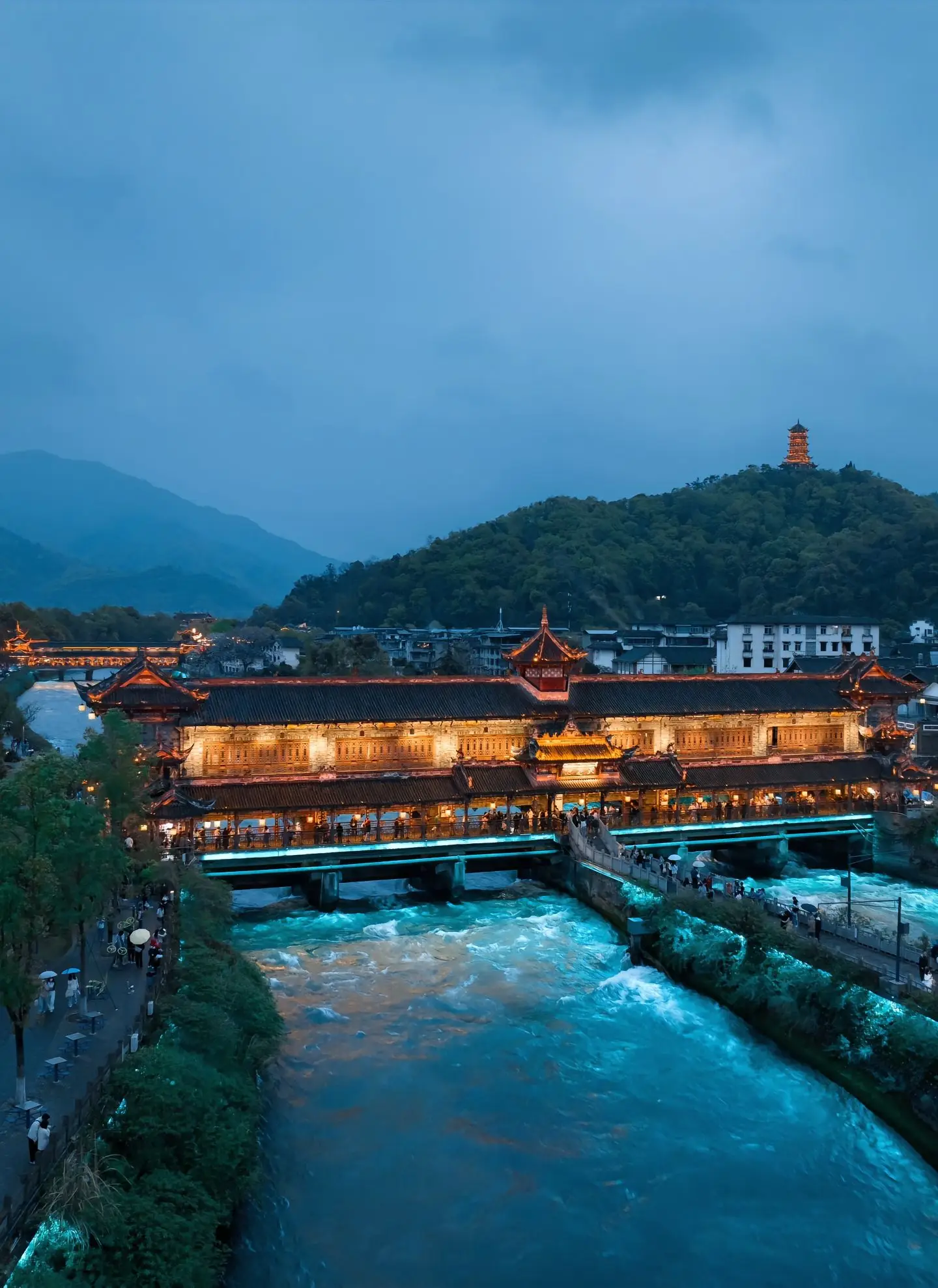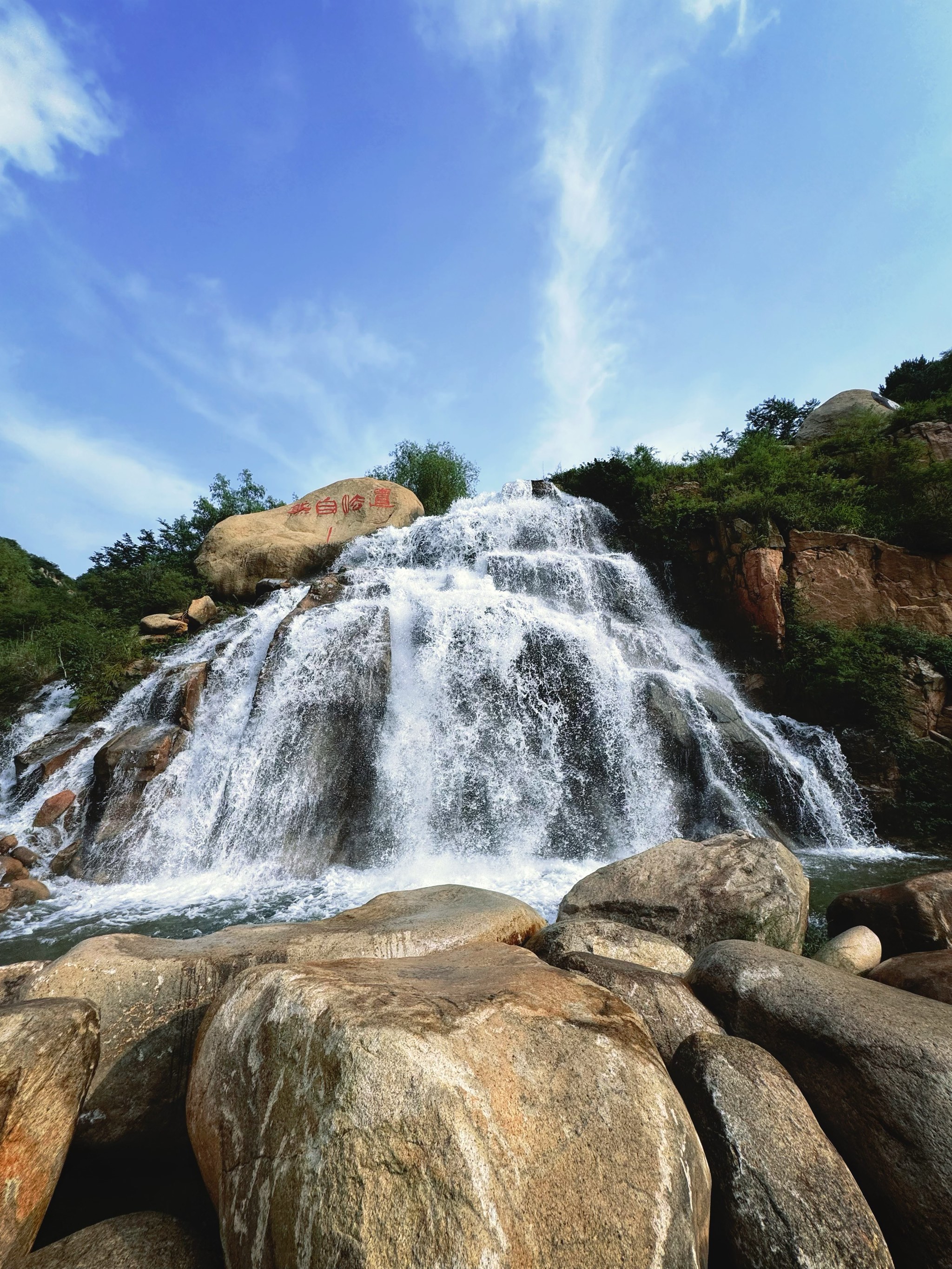The idea of a trip to the USA can feel as vast as the country itself. Where do you even begin? From the thunderous roar of a canyon river to the serene glow of a harbor-held torch, the iconic sites of America are more than just photo opportunities; they are chapters in a living story. This journey isn't about checking boxes on a list; it's about crafting your own unique American experience, connecting with landscapes and cityscapes that have captivated the world for generations.
Let's start with the natural wonders, the colossal monuments carved by time and the elements. These are the places that humble you, that remind you of the raw power and beauty of the planet.
There is no preparation for that first moment you stand on the South Rim. The Grand Canyon isn't just a big hole in the ground; it's a breathtaking, multi-layered tapestry of geological history stretching across 277 miles. The sheer scale is incomprehensible until you see it with your own eyes. The colors shift from deep burgundy to golden yellow as the sun travels across the sky, offering a constantly changing spectacle. For the active traveler, hiking down into the canyon on trails like the Bright Angel Trail is a transformative experience. With each switchback, you descend millions of years into the past. Remember, a trip down is optional, but the hike back up is mandatory, so plan accordingly and carry plenty of water. For a different perspective, a helicopter tour provides a jaw-dropping aerial view, revealing the Colorado River snaking through the canyon floor.

Carved into the granite face of Mount Rushmore in South Dakota, the stoic gazes of four presidents—Washington, Jefferson, Roosevelt, and Lincoln—represent the nation's birth, growth, development, and preservation. While the sculpture itself is the main draw, the Avenue of Flags leading to the viewing terrace creates a powerful approach. Stay for the evening lighting ceremony, a deeply patriotic and moving event that brings the monument to life in a new way. A short drive away, the Crazy Horse Memorial is also under construction, a powerful companion piece celebrating the heritage of Native American cultures.
On the border of Arizona and Utah, Monument Valley is the definitive landscape of the American West. The towering red sandstone buttes, like the iconic Mittens and Merrick Butte, rise majestically from the flat desert floor. This is not a national park but lies within the Navajo Nation. The best way to experience its magic is by taking a guided tour with a Navajo guide, who can share the profound cultural and spiritual significance of the land that you would miss on your own. Driving the 17-mile Valley Drive in your own vehicle is possible, but the unpaved road can be rough, and the insights from a local guide are invaluable.
Yosemite National Park in California is a cathedral of nature. Here, the main attractions are the granite giants. El Capitan, a sheer rock face that challenges climbers from around the globe, and Half Dome, with its distinctive shape, dominate the Yosemite Valley. At certain times of the year, the setting sun creates a rare and beautiful phenomenon known as the "Firefall," where Horsetail Fall appears to be a stream of lava flowing down the cliff. Don't miss the groves of ancient giant sequoia trees in the Mariposa Grove. Walking among these timeless giants, some over 3,000 years old, is a profoundly peaceful experience that puts your own place in the world into perspective.
Now, let's turn to the man-made marvels, the pulsating urban centers and monuments to human achievement that define the American spirit.
The National Mall in Washington, D.C., is America's front yard, a sprawling green lawn lined with the most iconic symbols of its government and history. You can walk from the steps of the U.S. Capitol, past the towering Washington Monument, all the way to the Lincoln Memorial. Standing before the massive statue of a seated Abraham Lincoln and reading the Gettysburg Address inscribed on the wall is a powerful moment of reflection. The nearby Vietnam Veterans Memorial and Martin Luther King, Jr. Memorial are equally poignant. Best of all, almost all the attractions, including the incredible Smithsonian museums, are free to the public, making it an accessible and enriching destination for everyone.
The skyline of New York City is instantly recognizable, and at its heart lies Times Square. A visit here is an assault on the senses in the best way possible—a blaze of neon lights, giant digital billboards, and a constant, buzzing energy. It’s a place you have to experience at least once. From there, a stroll or bike ride through Central Park offers a welcome escape. This meticulously designed urban oasis features meadows, lakes, and walking paths. For the quintessential New York view, head to the Top of the Rock Observation Deck at Rockefeller Center or the Empire State Building for a breathtaking panorama of the city's iconic skyline, including Central Park.
A gift from France, the Statue of Liberty has stood in New York Harbor for over a century, welcoming millions of immigrants and symbolizing freedom and opportunity. To truly appreciate "Lady Liberty," take the ferry to Liberty Island and walk around her base. For an even more memorable experience, reserve tickets well in advance to climb the pedestal or, if you're lucky, the crown, for unparalleled views of the harbor and the Manhattan skyline. The ferry ride also includes stop at Ellis Island, where you can explore the moving museum dedicated to the immigrant experience, often making it a powerful and emotional full-day excursion.
Stretching 1.2 miles across the Golden Gate Strait, this International Orange icon is the postcard image of San Francisco. You can admire it from many vantage points, like Crissy Field or Baker Beach, but the best way to feel its grandeur is to walk or bike across it. Feeling the wind, hearing the foghorn, and looking back at the city skyline is an unforgettable experience. Be prepared for the famous San Francisco fog, which can roll in and shroud the bridge in a mysterious, beautiful blanket at a moment's notice. Pair your visit with a trip to the former prison island of Alcatraz, which offers a fascinating and starkly contrasting historical narrative.
Located in the Black Hills of South Dakota, this massive undertaking is the world's largest mountain carving. While still in progress, the face of Crazy Horse is complete and awe-inspiring. The memorial is dedicated to the culture, tradition, and living heritage of North American Indians. The scale is difficult to grasp—the entire Mount Rushmore carving would fit within Crazy Horse's head. The on-site Indian Museum of North America is exceptional, providing crucial context and making this more than just a sculpture, but a living cultural center.
To make your journey as smooth as possible, a little planning goes a long way. The sheer size of the country is the most important factor to consider. You cannot see New York, the Grand Canyon, and San Francisco in a week without spending most of your time in airports. Focus on one region per trip—for example, the Southwest for parks and canyons, or the East Coast for cities and history. Domestic flights are often necessary to cover large distances between regions. For a classic road trip, consider iconic routes like California's Pacific Coast Highway or a loop connecting several Utah national parks.
The climate varies dramatically. Florida and Southern California are warm year-round, while northern states like Alaska and Montana have harsh winters. Spring and fall generally offer the most pleasant weather across most of the country. Summer is peak tourist season, meaning larger crowds and higher prices at major sites. For national parks, consider a shoulder-season visit in late spring or early fall for smaller crowds and more comfortable hiking temperatures.
For popular attractions, especially the Statue of Liberty Crown, Alcatraz Island, and tours within national parks like Yosemite, booking tickets weeks or even months in advance is essential. They sell out quickly. If you plan to visit multiple national parks, the America the Beautiful Annual Pass is an excellent value, covering entrance fees for a full year.
Be mindful of travel times. A "quick" day trip on a map might involve hours of driving. Build in buffer time for unexpected traffic, especially around major cities, and for simply stopping at those unplanned, charming roadside attractions that often become the highlight of a trip. Embrace the diversity of the landscape and the people. Each region has its own unique culture, cuisine, and pace of life. The slow drawl of the South, the fast-paced hustle of New York, and the laid-back vibe of California are all part of the rich tapestry you're there to explore. Be open to trying the local food, whether it's deep-dish pizza in Chicago, lobster rolls in Maine, or authentic Tex-Mex in San Antonio. Ultimately, the most iconic site you'll discover is the one that speaks directly to you. It might be the quiet grandeur of a desert sunset or the electric buzz of a city at night. The United States is a land of stories, and your journey is about adding your own chapter to them.





发表评论